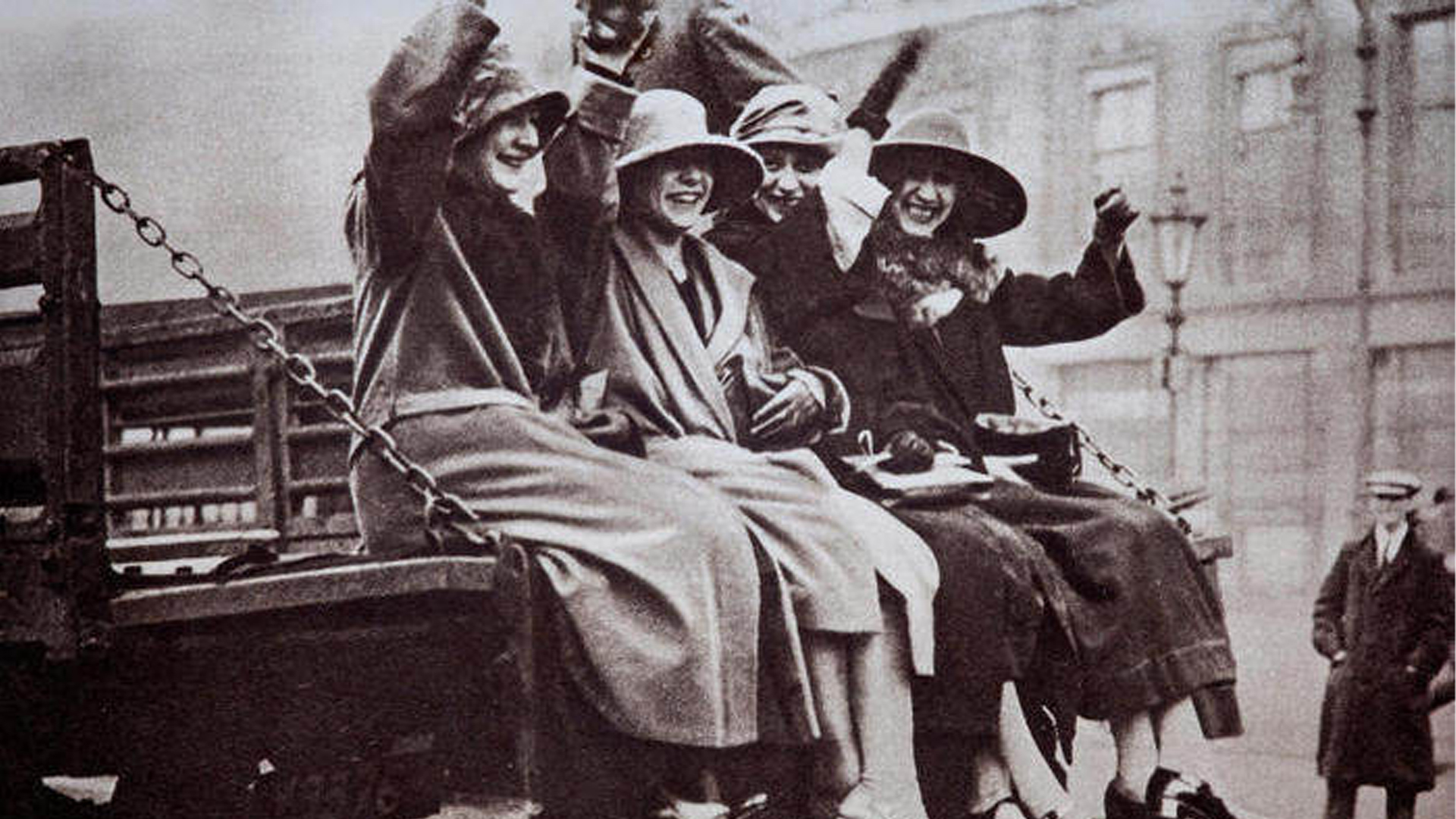March 8 marks International Women’s Day, a global holiday surrounding the women’ rights movement that aims to bring attention to issues such as gender equality, reproductive rights, and violence against women. Although International Women’s Day was only officially declared by the United Nations in 1977, it has been celebrated since the early 20th century and has always been rooted in political manifestations around the globe.
The first observance is believed to have taken place in New York City in 1908 when 15,000 female factory workers went on strike demanding better pay, shorter hours, and voting rights. A year later, the Socialist Party of America declared the first National Women’s Day on February 28. This day was observed by women across the country on the last Sunday of February until 1913, according to International Women’s Day.

In 1917, tens of thousands of female factory workers took to the streets of St. Petersburg, Russia, to protest the rationing of bread and flour. They also demanded an end to World War I, which had killed 2 million Russian soldiers, and agitated for the dissolution of Czar Nicholas II’s regime, according to NPR. This day became known as the “women’s demonstration for bread and peace.” After four days of striking, the Czar was forced to abdicate. Communism eventually rose to power and women were granted the right to vote. March 8 was officially recognized as International Women’s Day, but it wasn't until 1965 that Soviet women were given the day off as a holiday, according to NPR.

In Italy, celebrations date back to the end of World War II. In 1946, female activists Rita Montagna and Teresa Mattei decided to mark International Women’s Day, known in Italy as La Festa della Donna, by gifting fellow women branches of the vibrant yellow mimosa flower. The flower, which blooms in earnest across the country during the month of March, was used as a symbol for sisterhood and respect, according to NPR. The mimosa plant was chosen as the symbol for the country’s women’s rights movement not only because it is one of the few that flowers in March, but also because despite its fragile appearance, it is strong and can survive in tough conditions. The mimosa flower is therefore an apt symbol for women, who despite being threatened with issues regarding gender inequality and abuse, are still able to prosper and thrive.
Asia London Palomba
Asia London Palomba is a trilingual freelance journalist from Rome, Italy. In the past, her work on culture, travel, and history has been published in The Boston Globe, Atlas Obscura, The Christian Science Monitor, and Grub Street, New York Magazine's food section. In her free time, Asia enjoys traveling home to Italy to spend time with family and friends, drinking Hugo Spritzes, and making her nonna's homemade cavatelli.

